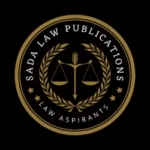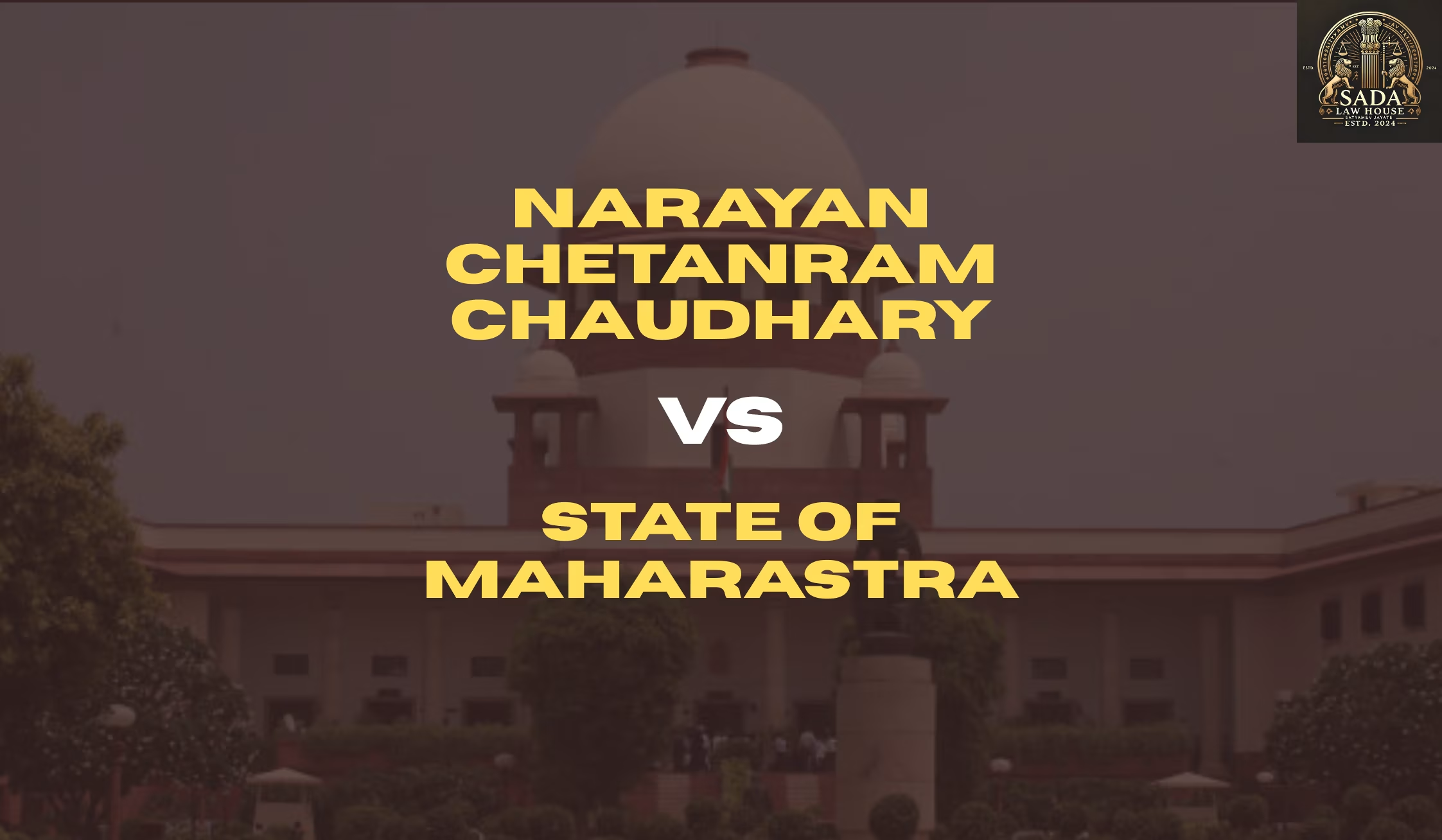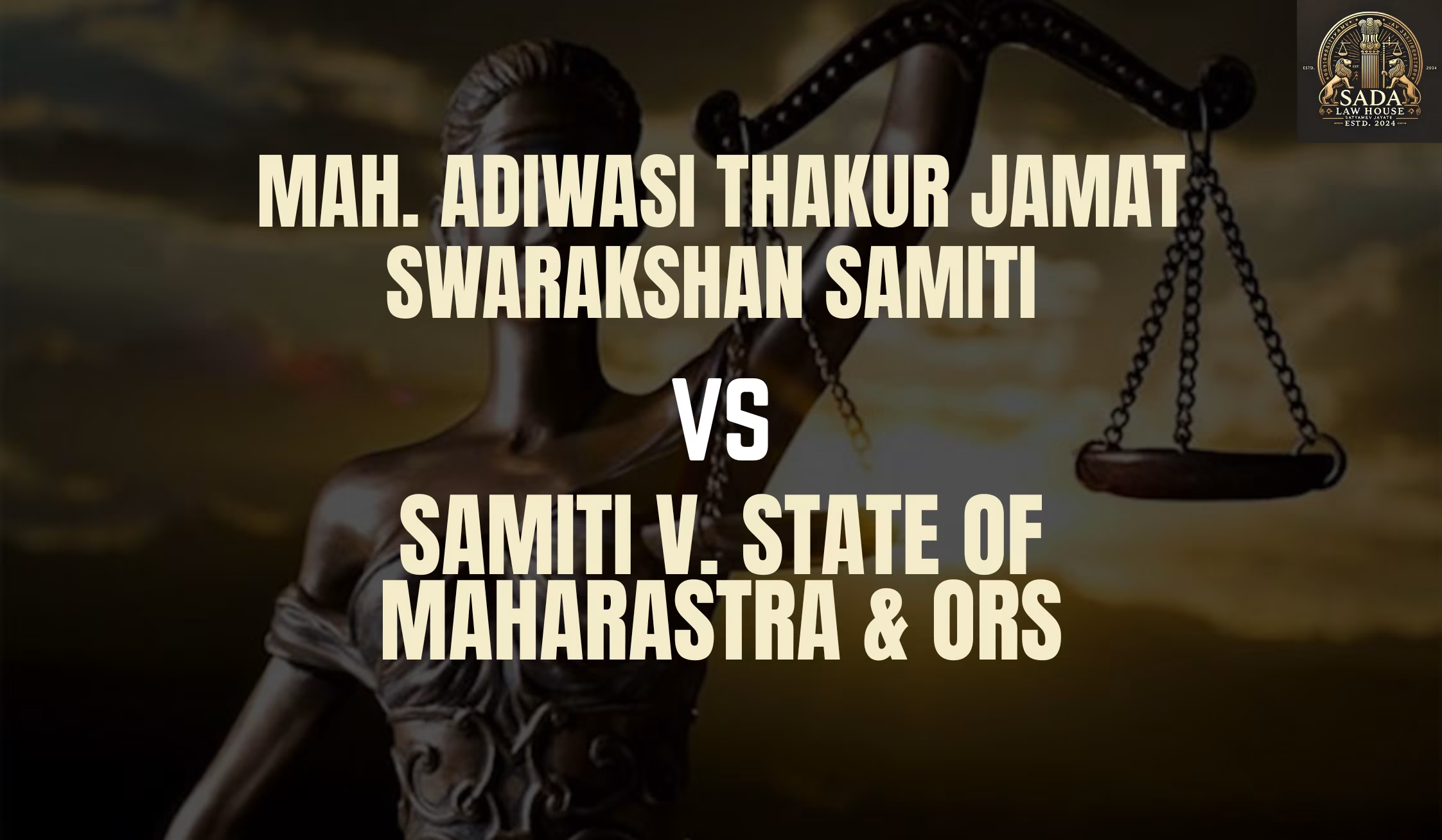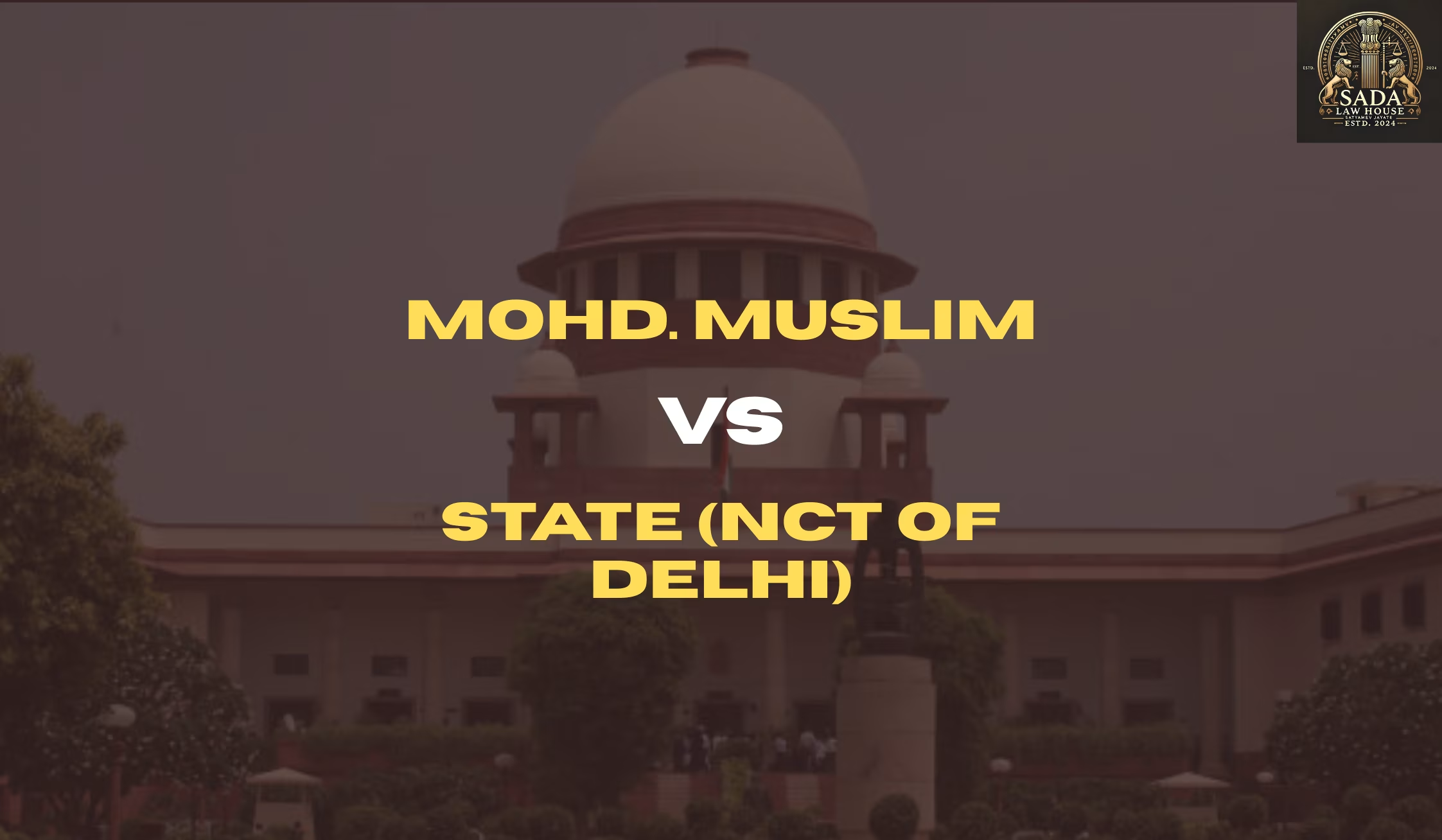Punjab & Haryana High Court Orders Removal of Unauthorized Gurudwara and Temple in Kharar
- MAHI SINHA
- 04 May 2025

The Punjab & Haryana High Court has ordered the removal of an unauthorized temple and gurudwara encroaching on a public road in Kharar, Punjab. In its directive, the court provided six weeks for the removal of holy texts, idols, and other religious artifacts following the proper observance of rituals.
Court’s Findings
Justice Harsh Bunger reviewed the case records and confirmed that the construction of the religious structures had been carried out without approved building plans or permissions from the relevant authorities. There was no evidence to suggest that these structures were part of the colony’s approved layout plan.
The court was responding to a writ petition seeking the removal of alleged illegal encroachments by the Managing Committees of:
Radha Madhav Mandir
Both structures, according to the petition, obstructed public access to a commercial market through the installation of barricades, boundary walls, gates, and hoardings.
Key Precedents
The court cited the Supreme Court’s ruling in Mahesh Prasad Gupta v. R.G., Jharkhand High Court and Others (2002), which held that the demolition of unauthorized structures, even religious ones, is permissible when they lack proper approval.
Court’s Directives
Self-Removal by Committees:
The Gurudwara and Mandir Managing Committees were given six weeks to voluntarily remove the structures and ensure proper handling of religious artifacts.
Action by Sub-Divisional Magistrate (SDM):
If the committees fail to comply, the Sub-Divisional Magistrate (Kharar), in coordination with the police, will oversee the removal of the unauthorized structures.
All rituals for the removal of holy texts, books, and idols must be observed prior to demolition.
Cost of Removal:
The entire cost of removing the unauthorized buildings will be borne by the respondents.
Follow-Up Measures:
Non-compliance by the committees will lead to the filing of a status report by the SDM, which may result in contempt proceedings.
Conclusion
The Punjab & Haryana High Court has reaffirmed the importance of adhering to legal procedures for construction, even in cases involving religious edifices. By balancing the observance of religious sentiments with the enforcement of law, the court’s decision aims to ensure unobstructed public access to essential infrastructure.
Case Laws






